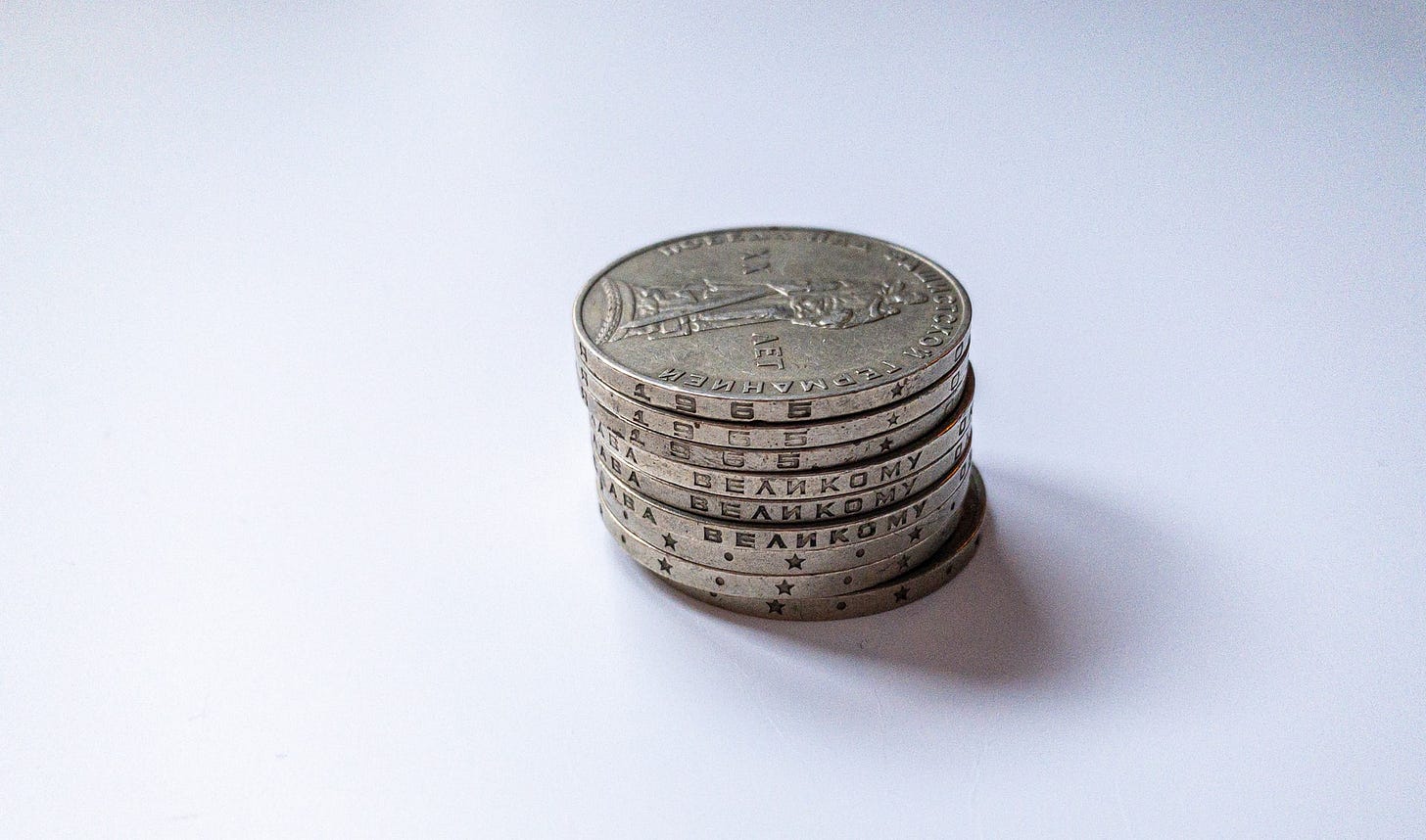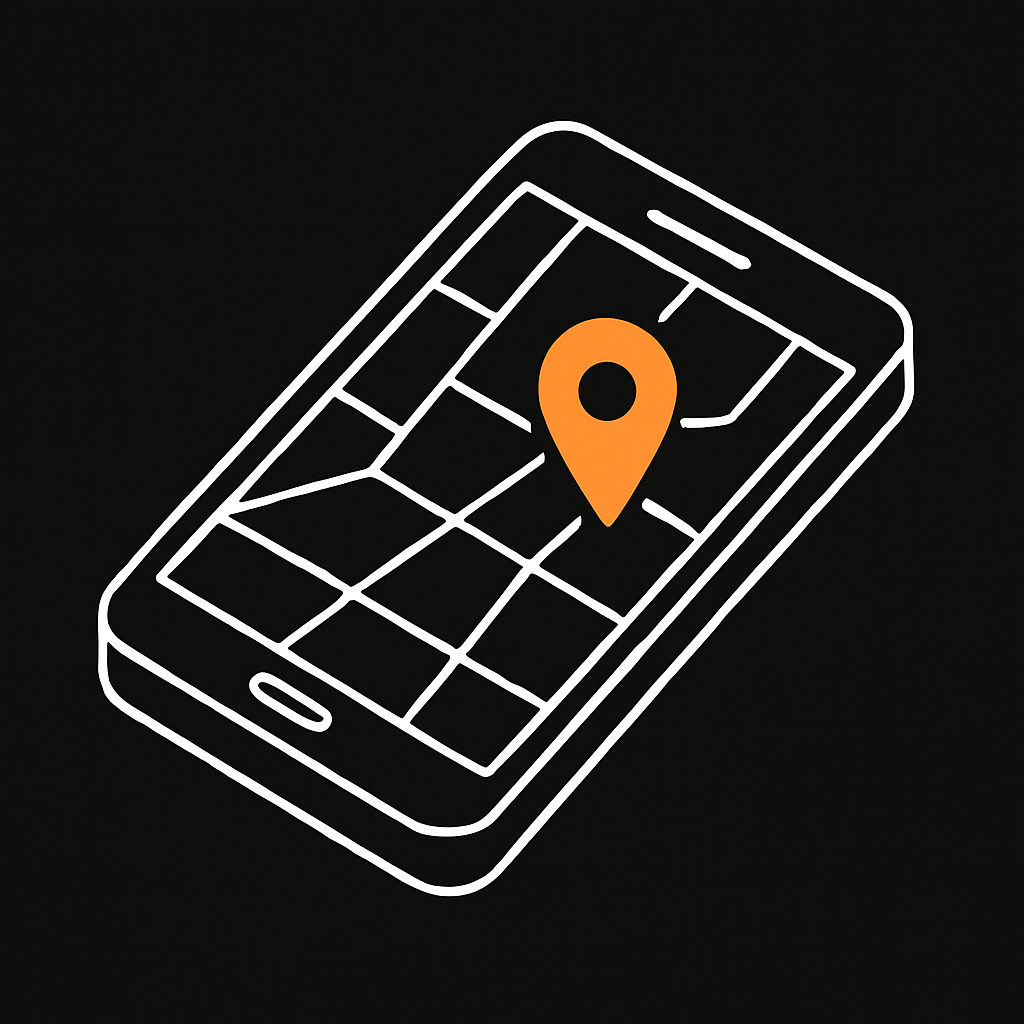Google Maps & Understanding Bitcoin As A Digital Asset-Class
Afixing the term "digital" to legacy words is an exponential change, not a linear change.
Google Maps was launched in 2005. Since then it has grown from an obscure, static map app into a powerful technology used by millions around the world.
Although initially named “Google Maps”, it has become something much more than a map. It provides GPS navigation, street view, business info, voice assistance, links, search, photos, and innumerable other features for exploring the world.
The person using Google Maps to check menus, read reviews, or look up phone numbers is not really using it as a map, in the traditional sense. Instead, they are using it as an interactive and intelligent guide, which just so happens to be in the form of a map-like interface.
Although the word “map” hasn’t changed, the meaning of “map” has been expanded to include something beyond a map.
This is what happens as goods and services are brought into the digital age. Smartphones are more than phones, e-books are more than books, and e-mails are more than mail. Our collective understanding of these legacy words has migrated from largely static and unresponsive artifacts into dynamic, intuitive, and exponentially powerful services.
The difference between these legacy words’ original meanings and their current meanings will continue to diverge as technology progresses. The phone of the future will look completely different from the phone of the past.
In the same way, Bitcoin has experienced difficulty in the divergence of meanings.
Bitcoin is often described as digital cash, digital money, digital gold, and digital energy. Each of these is an attempt to leverage legacy terms to communicate something that exists in digital space, however, just as with maps, phones, books, and mail, the legacy meanings fall short.
There has never been cash that can be sent globally in increments as small as fractions of a penny or as large billions of dollars, instantly.
There has never been money that is programmatically scarce and predictably disinflationary, with no centralized issuing authority.
There has never been a precious metal whose supply issuance schedule is fixed and transparent, and whose portability is infinitely scalable.
And there has never been a resource capable of converting energy into a scarce asset, regardless of time and location, and which can be transmitted anywhere without power lines.
Ultimately, Bitcoin is a new class of asset, wholly distinct from other assets. It overlaps with cash, money, gold, and energy, sharing some of their properties, but the fact that it exists within a decentralized and digital network means it is something entirely different. It leverages the possibilities of digital space to provide unprecedented speed, transparency, censorship resistance, portability, scalability, and immutability.
Bitcoin does not conform to any of these legacy words, while also expressing the ultimate purpose of these words, namely storing and exchanging value or energy.

The word “coin” in Bitcoin provokes ideas of metal objects used for storing and exchanging value. Bitcoin is very un-coin-like as it is nothing like a piece of metal, while also super-coin-like as it is a pristine expression of a coin’s purpose. Someone seeking to store or exchange value would want to do so with an asset that is as immutable and boundless as Bitcoin.
Understanding the meaning of Bitcoin and where it fits in relation to other assets is somewhat paradoxical because Bitcoin itself is not static. The meaning of Bitcoin today is quite different than its meaning in 2009, in the same way that Google Maps is different than it was in 2005. Today, there are more opportunities to buy, sell, hold, secure, lend, and borrow Bitcoin than ever before. Its risk profile, regulatory standing, integration with other services, and place within popular consciousness are completely different. A prospective investor who dismissed Bitcoin 5+ years ago would do well to reevaluate, as the asset and the ecosystem have both changed.
Despite Bitcoin’s continued evolution, both in terms of its properties and relation to the world, its change has come while still fulfilling its underlying purpose. It stores and transmits value better today than it did in the past, and in all likelihood, it will continue this trend into the future. It is an improving, exponential, digital asset.
Describing Bitcoin as digital-money, digital-gold or digital-anything, must first be preceded by an understanding of the possibilities within digital space. Attaching the prefix “digital” to a legacy word is a gateway to achieving that word’s underlying purpose unbounded by physical limitations. Digitizing something is an exponential change, rather than a linear change.
The advent of digital maps transformed the meaning and possibilities of maps. As a result, more has happened in the world of maps in the past 15 years than in the preceding 15,000.
Bitcoin is value storage and value exchange in digital space. Digital value is an entirely new category of asset.
Bitcoin is simply, Bitcoin.




